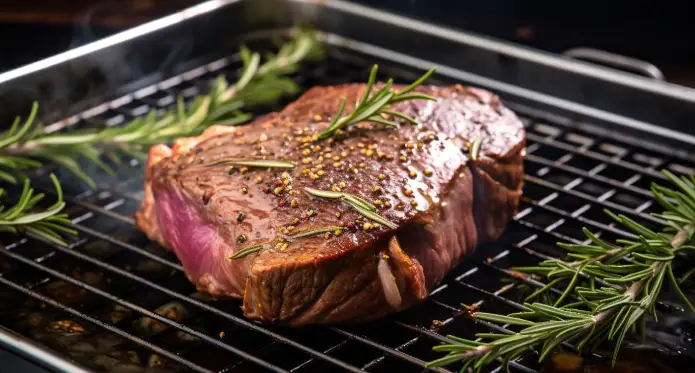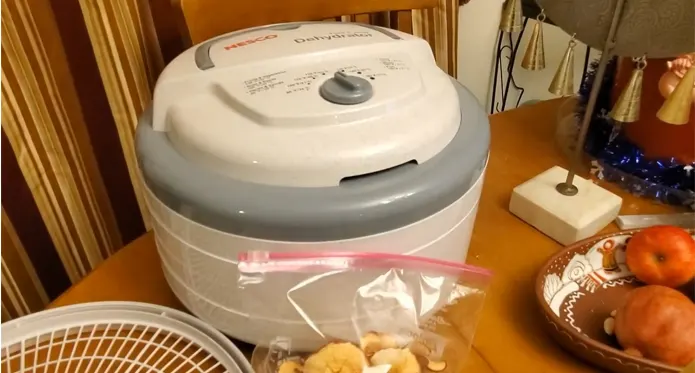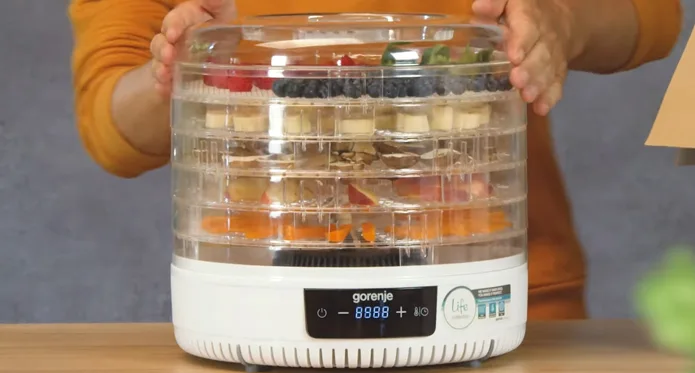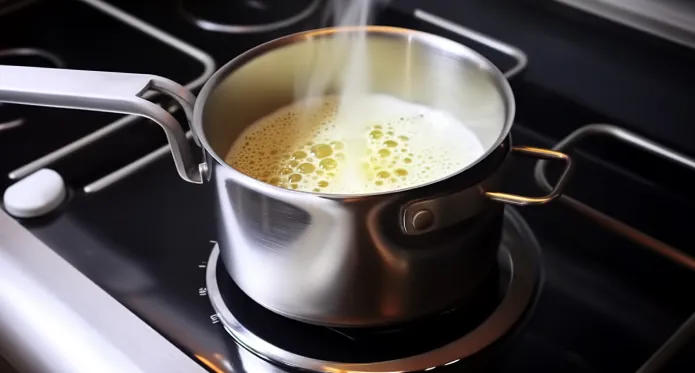How to Sharpen Knives With Sandpaper | 6 DIY Steps
Keeping your knives sharp is essential for efficient and safe kitchen use. Sharpening your knives with sandpaper is a cost-effective and efficient way to maintain their sharpness. But before you start, you might wonder if there are any necessary steps for proper sharpening.
Well properly preparing the sandpaper and cleaning the knife before sharpening is essential for an effective sharpening process. Holding the knife at a 20-degree angle and rubbing it against the sandpaper on both sides sharpens it evenly. Also, periodically test the blade to make sure it’s sharpened correctly.
And what about the type of knife? Can you sharpen any kind of using this method? Stick with me, and I’ll guide you through the ins and outs of sharpening knives with sandpaper.
Six Steps to Follow to Sharpen Knives With Sandpaper
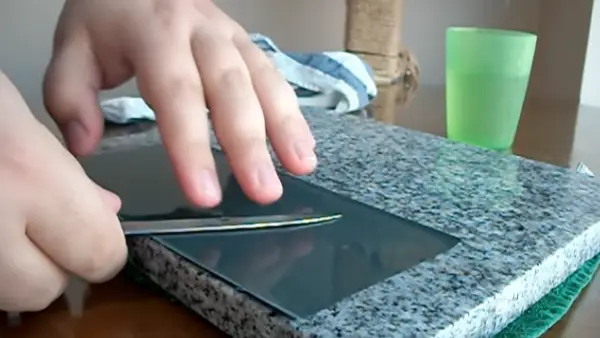
To sharpen knives with sandpaper, follow the steps I’ve listed below:
- Gather the necessary materials for sharpening
- Clean the knife properly
- Prepare the appropriate sandpaper
- Start the sharpening process
- Progression and evaluation of the sharpening
- Honing the knife
Step 1: Gather the Necessary Materials for Sharpening
Gather the following necessary materials for sharpening your knives with sandpaper, including:
- Various grades of sandpaper
- A stable surface or block to attach sandpaper securely
- A staple gun for long-term use
- A block of wood with leather or soft material for honing
- Lubrication (soap and water)
- A reliable knife like Victorinox
Having the right sandpaper grits ensures a smooth sharpening process, starting from coarse to fine. The stable surface or block provides a secure base for the sandpaper. A staple gun is essential for long-term use, as it helps secure the sandpaper onto the block.
Step 2: Clean the Knife Properly
After gathering the materials you need to sharpen your knives with sandpaper, the first step is to ensure your knife is free from residues. Clean it thoroughly to remove particles or substances from previous use, such as cutting paper or tape.
Begin by washing the knife with warm, soapy water and drying it completely. Be sure to pay attention to the handle, blade, and crevices where debris accumulates. I suggest a gentle scrub with a brush for stubborn residues, which can be effective.
Step 3: Prepare the Appropriate Sandpaper
In preparing the appropriate sandpaper for sharpening knives, consider the coarseness of the grit and attach it to the block using a staple gun to initiate the sharpening process.
Use the coarsest sandpaper available, typically 180 or 240 grit, to effectively remove any dullness or imperfections from the blade. The coarser grit will efficiently shape the blade and create a new cutting edge.
Step 4: Start the Sharpening Process
To begin the sharpening process with sandpaper, securely fasten the coarseness of sandpaper to the block, as previously prepared, and lay it on a flat surface. Hold the knife at a 20° angle and move it along the sandpaper on both sides. Avoid laying the knife flat to prevent damage to the blade’s appearance.
The longer the process, the finer the point on the knife. Ensure the entire blade, from base to tip, is sharpened. You’ll gradually restore the blade’s sharpness by maintaining a consistent angle and using smooth, deliberate strokes.
Remember to test the blade periodically to assess the sharpness and make adjustments as necessary. With patience and attention to detail, you can achieve a sharp, precise edge using sandpaper.
Step 5: Progression and Evaluation of the Sharpening
Evaluate the knife’s sharpness visually and conduct a paper test after progressing to finer grits for a smoother and more refined edge when sharpening. Once you’ve used the coarse grit, move on to finer grits such as 400, 700, 1200, etc. These finer grits will help create a more polished edge on the knife.
Inspect the knife edge under a good light to evaluate the sharpness visually. Look for a consistent, clean edge without any jagged or dull spots. Avoid the traditional thumb test, as it can lead to accidents.
Conduct a paper test by slicing through a piece of paper. A sharp knife will cut through the paper smoothly and effortlessly. If the knife snags or tears the paper, it requires further sharpening with finer grits.
Step 6: Honing the Knife
You might use a leather strop to hone the knife after sharpening it with sandpaper. This step helps to refine the blade and remove any remaining burrs, resulting in a sharper edge.
Place the blade flat against the strop and pull it towards you to hone the knife, maintaining a consistent angle. On each side of the blade, repeat this motion multiple times. The leather strop helps to align the knife’s edge, ensuring it’s straight and sharp.
After honing, carefully wipe the blade to remove any residual metal particles. Honing the knife after sandpaper sharpening will enhance the sharpness and durability of the blade, making it ready for precision cutting tasks.
Can a knife be sharpened with a sanding block?
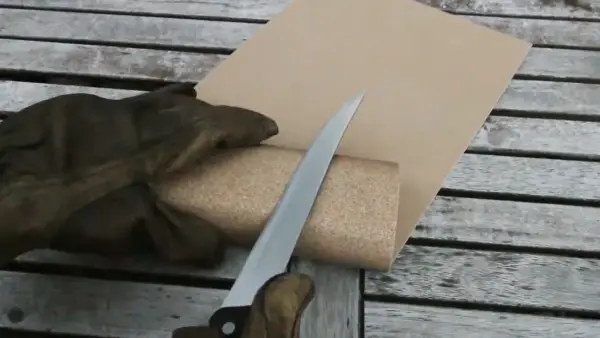
A sanding block can be used to sharpen a knife. The key is to select the right grit of sandpaper for the job.
Coarse grit, such as 220 or 320, is suitable for repairing nicks and reshaping the blade. Medium grit, around 400 to 600, is ideal for sharpening dull blades. Fine grit, 800 to 1500, can be used to hone and refine the edge.
A sanding block can also be used for this purpose, providing a firm and stable surface for sharpening. With patience and the right technique, sandpaper or a sanding block can effectively sharpen your knife.
Can I use any type of sandpaper for knife sharpening?
Select silicon carbide wet-or-dry sandpaper, typically available in grits like 180, 240, 400, 700, and 2000+, for effective knife sharpening at different stages. Using any other type of sandpaper may not yield the best results.
This is because silicon carbide is a hard and sharp material, making it ideal for sharpening knives. Other sandpaper types mightn’t be effective because they may not have the same hardness or sharpness.
Additionally, using the wrong type of sandpaper could potentially damage the knife’s blade. Therefore, sticking to silicon carbide wet-or-dry sandpaper in the recommended grits is important for optimal sharpening results.
How often should I sharpen my knives using sandpaper?
The frequency of sharpening depends on your knife usage. As a general guideline, sharpening knives is recommended when you notice decreased cutting performance. Regular honing can also help maintain the edge throughout sharpening sessions.
The frequency of sharpening will vary depending on various factors. For example, if you use your Wusthof knives regularly, such as in a professional kitchen, you may need to sharpen Wusthof knives every 1-2 weeks. On the other hand, sharpening every 1-3 months may suffice for more moderate home use.
Pay attention to its cutting performance to determine if your knife needs sharpening. If you notice the knife struggling to cut or slipping on food, it’s time for sharpening. Additionally, different knives may require different sharpening frequencies based on their steel and blade angles.
How do I know if my knife is sharp enough after sanding it?
After sharpening your knife with sandpaper, you can determine its sharpness by visually inspecting the blade for cleanliness on both edges and performing a paper test to ensure it slices effortlessly through a sheet of paper.
Start by examining the blade under good lighting. A sharp knife will have a clean, polished edge, free from any burrs or rough spots. Run your fingers lightly along the edge to feel for any imperfections.
Next, take a sheet of paper and hold it taut. With the blade at a slight angle, attempt to slice through the paper. A sharp knife should effortlessly cut through with minimal resistance. If the blade catches or tears on the paper, it may need further sharpening.
Can I sharpen any type of knife using the sandpaper method?
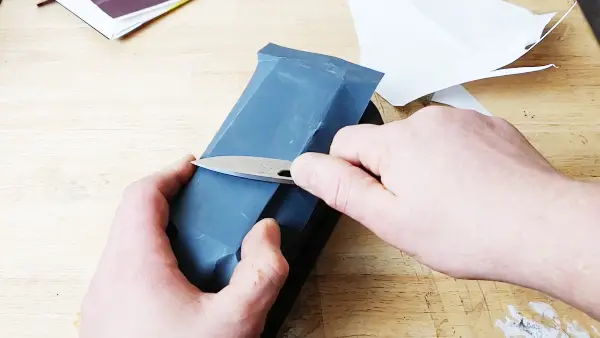
You can sharpen various knives using sandpaper, including straight, curved, or serrated blades. The versatility of this method allows it to be applied to different types of knives.
However, while the sandpaper method can work for many knives, some knives with extremely hard steel may benefit from specialized sharpening methods.
Knives with very hard steel, such as some high-end chef’s knives or certain tactical or survival knives, may require diamond stones or ceramic sharpeners for optimal results. These specialized tools are better equipped to handle the hardness of the steel and can provide a more effective sharpening experience.
DIY Guide to Sharpen Your Knives with Sandpaper for Ease
Now that you’ve learned how to sharpen knives with sandpaper, you can easily slice through life’s challenges. Just like honing a blade, take the time to sharpen your skills and abilities.
You can effectively sharpen your knives using sandpaper following these six DIY steps I’ve mentioned above. The process is cost-effective and allows you to achieve professional-level sharpness at home.
Embrace the refinement process and watch as you become sharper, stronger, and more resilient. Keep honing your edge; you’ll be ready to cut right through the competition.


